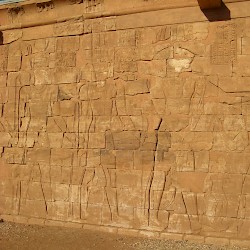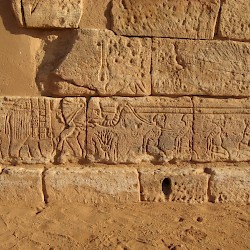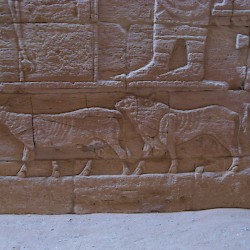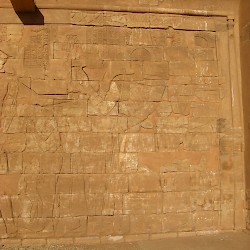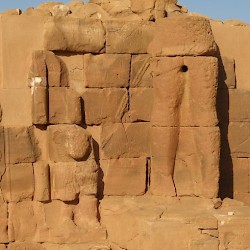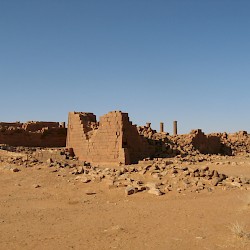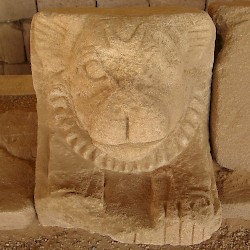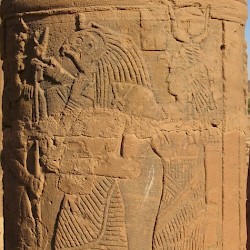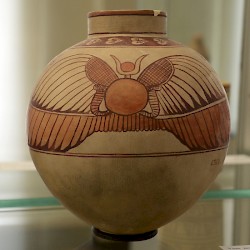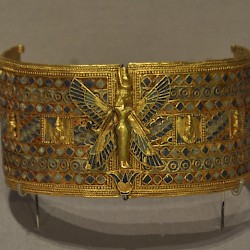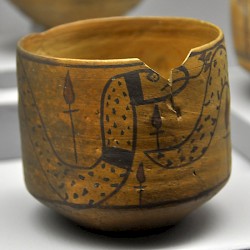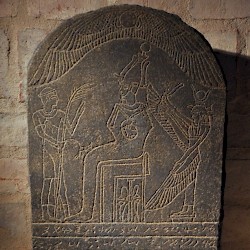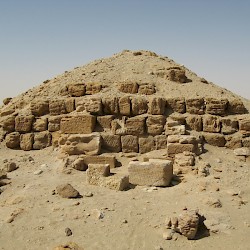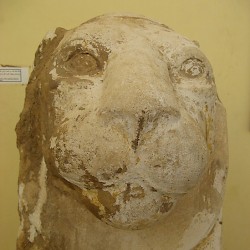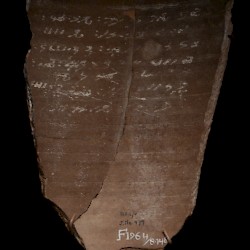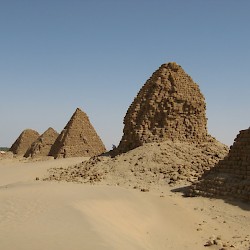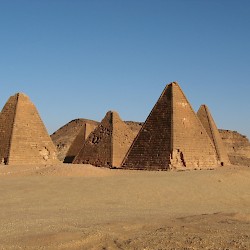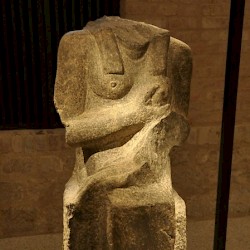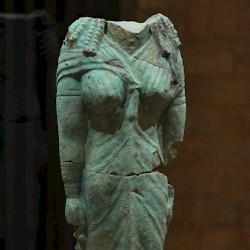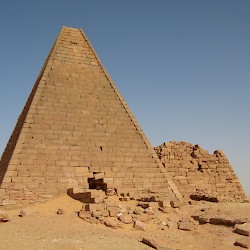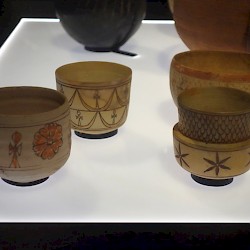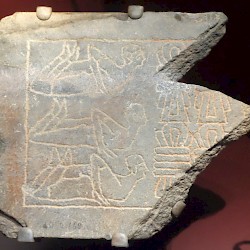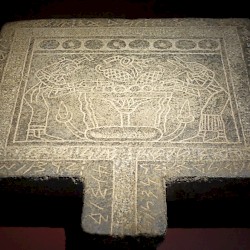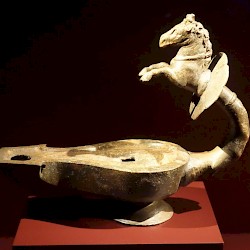Meroe
Q5780Meroe: name of a Nubian city and kingdom along the Middle Nile.
Meroe
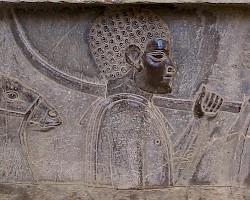
Because the Egyptians were too close to their capital Napata, the rulers of this Nubian kingdom transferred their residence to Meroe. Situated halfway the Fifth and Sixth Cataracts, this city was beyond the reach of any army based in Egypt and this was where Nubian civilization could flourish for centuries to come. Napata was not fully evacuated, of course, and remained the burial place of many kings (the pyramids of Nuri).
The kingdom of Meroe founded new cities and temples (e.g., Musawwarat es-Sufra), created a cursive writing system of their own, introduced new ideas from the Hellenistic world, built pyramids, and expanded their trade network. The latter was made easier because by now, the dromedary had been domesticated, facilitating travel in arid zones.
Meroe and the Ptolemies
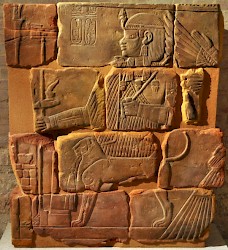
In the north, the rulers of Egypt continued the normal, assertive policy towards their southern neighbors. After the conquests of Alexander the Great (r.336-323), the Ptolemies became kings of Egypt and in 275 BCE, Ptolemy II Philadelphus conquered Lower Nubia. (For a short while, Ptolemy VI Philometor even expanded Ptolemaic power to the Second Cataract.) In the end, a deal was concluded: Lower Nubia, the country between the Second and First Cataracts, would be a condominium, which was called the Δώδεκα σχοῖνοι or Dodecaschoenus, a translation of "the land of twelve leagues" of the Old Kingdom.
Meroe and the Romans
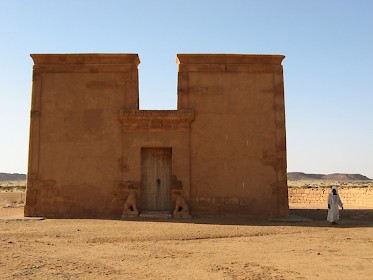
In 30 BCE, the Romans conquered Egypt, which caused some instability. In 23 BCE, the Meroites launched an expedition to southern Egypt, reached the isle of Philae, and provoked the Roman emperor Augustus into sending a punitive campaign. Petronius led two legions (probably III Cyrenaica and XXII Deiotariana) to Napata.note The Graeco-Roman geographer Strabo of Amasia was the first to call the land south of Egypt Nubia.note
The Romans added the Dodecaschoenus to their dominions, placing the southern frontier of their empire south of the First Cataract, but did not proceed beyond this point. Up to the Third Cataract, the land lay abandoned:note a no man's land between the kingdom of Nubia and the empire of the Romans.
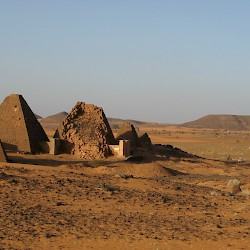 Meroe, Northern Pyramids |
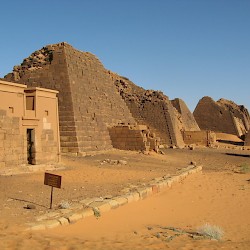 Meroe, Northern Pyramids |
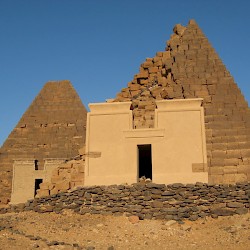 Meroe, Northern Pyramids |
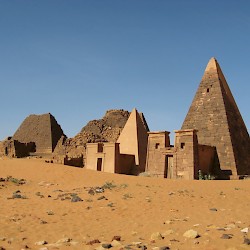 Meroe, Northern Pyramids |
Perhaps it was this disengagement that allowed the relations between Meroe and Rome to be friendly. For example, when the emperor Nero sent a scientific expedition to find the sources of the Nile, the king of Meroe offered his support, allowing the company of scientists and soldiers to proceed to the Sudd and beyond, perhaps even reaching Murchison Falls near Lake Albert.note
Late Antiquity
In the late third century, things started to change. New tribes arrived, like the Blemmyes, who settled in the Dodecaschoenus. The Roman emperor Diocletian (r.284-305) responded by inviting another group of invaders, originating in the western desert and called the Nobatae, to settle in the valley of the Nile.note Indeed, they pushed away the Blemmyes to the land between the Nile and the Red Sea. The Nobatae also invaded the kingdom of Meroe, which fell apart, and threatened the kingdom of Axum in the highlands of Ethiopia. Here, they were repelled, but the days of Meroe were over. The future belonged to others.
